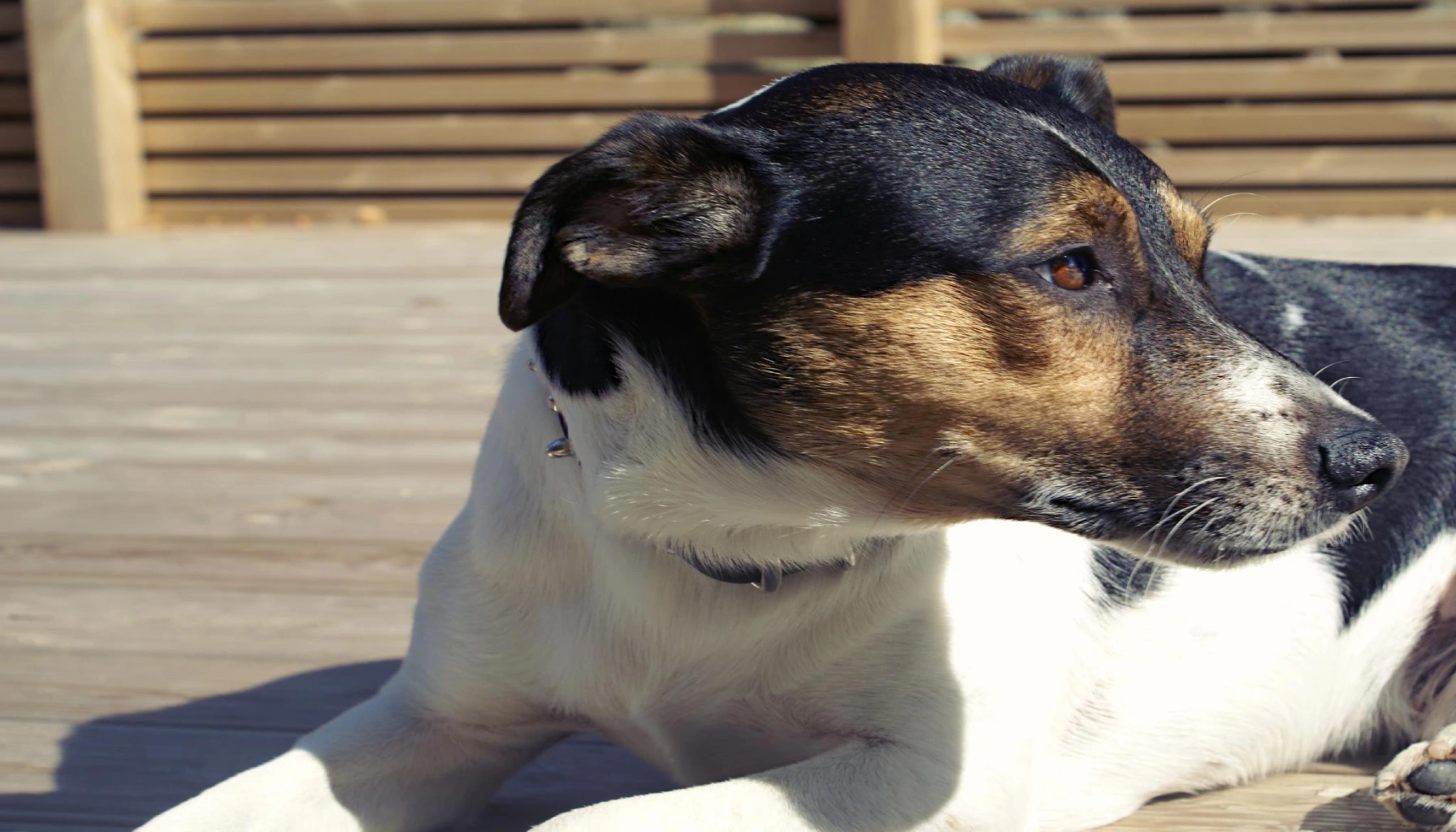Table of Contents
Swedish Elkhound Dog Breed
The Swedish Elkhound, also known as the Jämthund, is a majestic and versatile dog breed known for its intelligence, endurance, and loyal nature. Originally bred for hunting large game such as moose and bear, this breed has become a beloved companion for families and individuals alike. Its unique characteristics, such as a strong build, keen senses, and a friendly demeanor, make it a popular choice among dog owners.
History and Origin
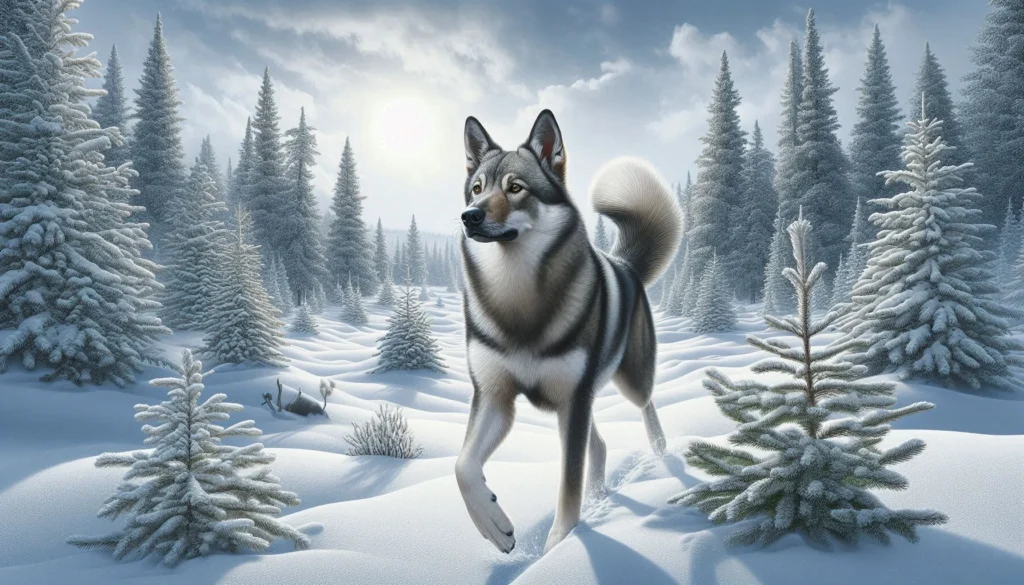
The Swedish Elkhound has a rich history that dates back thousands of years. It originates from the Jämtland region of Sweden, where it was primarily used by hunters to track and hunt large game. The breed’s development can be traced to ancient Nordic dogs, and it shares a close lineage with other Scandinavian hunting breeds. In 1946, the Swedish Elkhound was officially recognized as a distinct breed, separate from the Norwegian Elkhound. This recognition highlighted its unique qualities and contributions to Swedish culture and hunting traditions.
Physical Characteristics
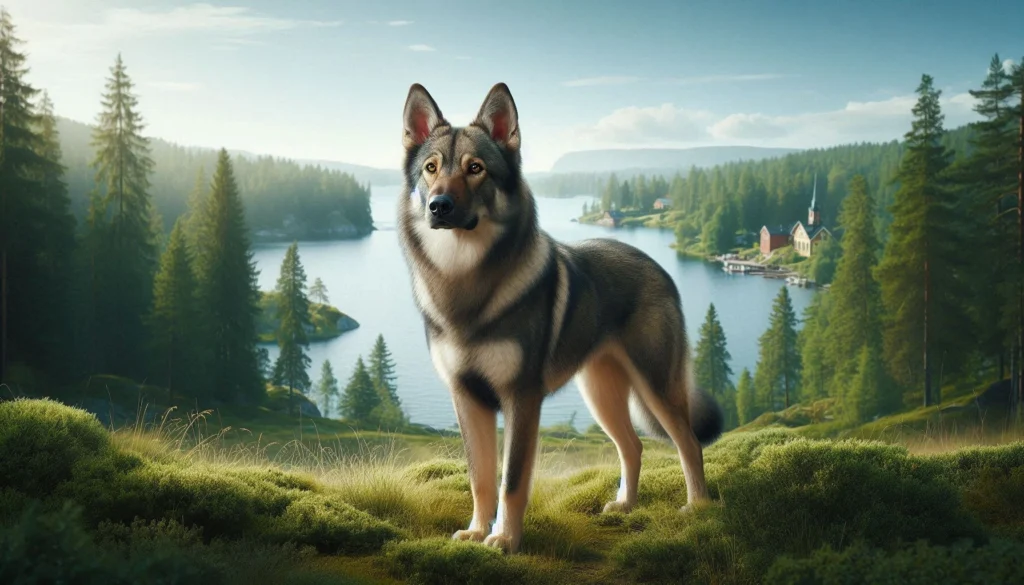
Size and Build
The Swedish Elkhound is a medium to large-sized dog with a robust and muscular build. Males typically stand between 21.5 to 25.5 inches tall at the shoulder, while females range from 19.5 to 23.5 inches. Their weight generally falls between 55 to 77 pounds, reflecting their strong and sturdy frame.
Coat and Colors
This breed boasts a thick double coat designed to withstand harsh climates. The outer coat is straight and dense, while the undercoat is soft and insulating. The most common color is a wolf-like gray, often accompanied by lighter underparts and distinct markings around the eyes, ears, and muzzle.
Distinctive Features
The Swedish Elkhound has a distinct appearance with a broad head, erect ears, and expressive dark eyes. Their tail is typically curled over the back, adding to their dignified and alert demeanor.
Temperament and Personality
Swedish Elkhounds are known for their balanced and friendly temperament. They are intelligent, courageous, and highly loyal to their families. This breed tends to form strong bonds with its owners and is often protective, making it an excellent watchdog. They are generally good with children and can get along well with other animals if properly socialized from a young age. However, their hunting instincts might lead them to chase smaller animals, so supervision is recommended.
Health and Lifespan
Common Health Issues
The Swedish Elkhound is a relatively healthy breed with a lifespan of 12 to 15 years. However, like all breeds, they can be prone to certain health issues. Common concerns include hip dysplasia, progressive retinal atrophy (PRA), and hypothyroidism. Regular veterinary check-ups, a balanced diet, and appropriate exercise can help maintain their health and longevity.
Tips for Maintaining Health
To keep a Swedish Elkhound healthy, provide a well-balanced diet rich in essential nutrients. Regular exercise is crucial to prevent obesity and promote mental stimulation. Routine veterinary visits and preventive care, such as vaccinations and dental hygiene, are also essential for their overall well-being.
Care and Grooming
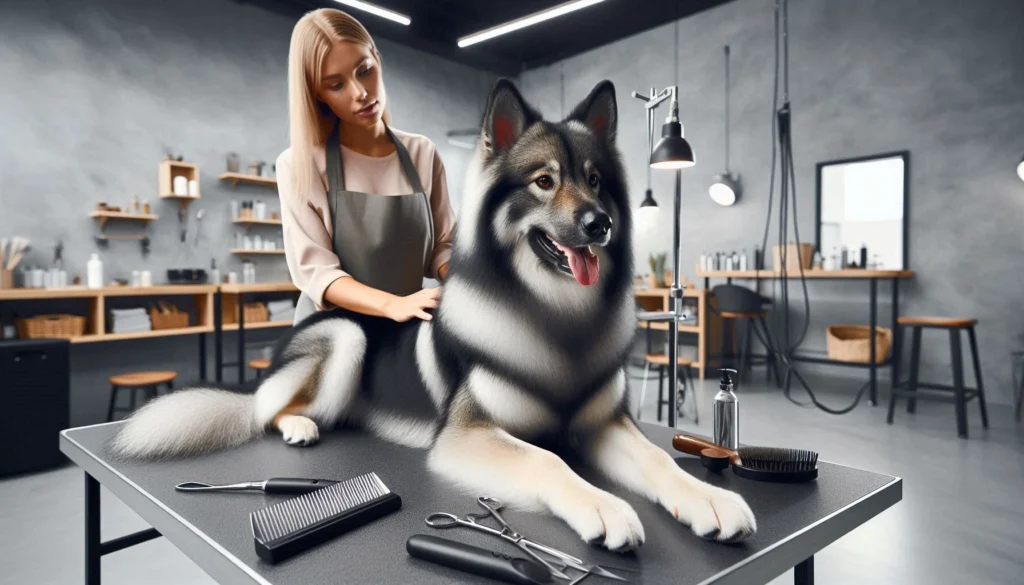
Grooming Needs
The Swedish Elkhound’s thick double coat requires regular grooming to keep it in top condition. Weekly brushing helps remove loose hair and prevents matting. During shedding seasons, more frequent brushing is necessary to manage the increased hair loss. Bathing should be done as needed, typically every few months.
Exercise Requirements
This breed is energetic and needs ample exercise to stay happy and healthy. Daily walks, playtime, and engaging activities like hiking or agility training are ideal for meeting their physical and mental needs. They thrive in environments where they have space to roam and explore.
Dietary Recommendations
A high-quality, balanced diet tailored to their age, weight, and activity level is essential. Consult with a veterinarian to determine the best feeding schedule and portion sizes. Ensure they have access to fresh water at all times.
Training and Socialization
Training Tips
Swedish Elkhounds are intelligent and eager to please, making them relatively easy to train. Positive reinforcement techniques, such as treats, praise, and play, work best. Consistency and patience are key, as they can be stubborn at times. Early obedience training is recommended to establish good behavior patterns.
Socialization Strategies
Early socialization is crucial for this breed to ensure they are well-adjusted and comfortable in various situations. Introduce them to different people, environments, and other animals from a young age. This helps reduce any potential fear or aggression issues and promotes a well-rounded temperament.
Suitability as a Family Pet
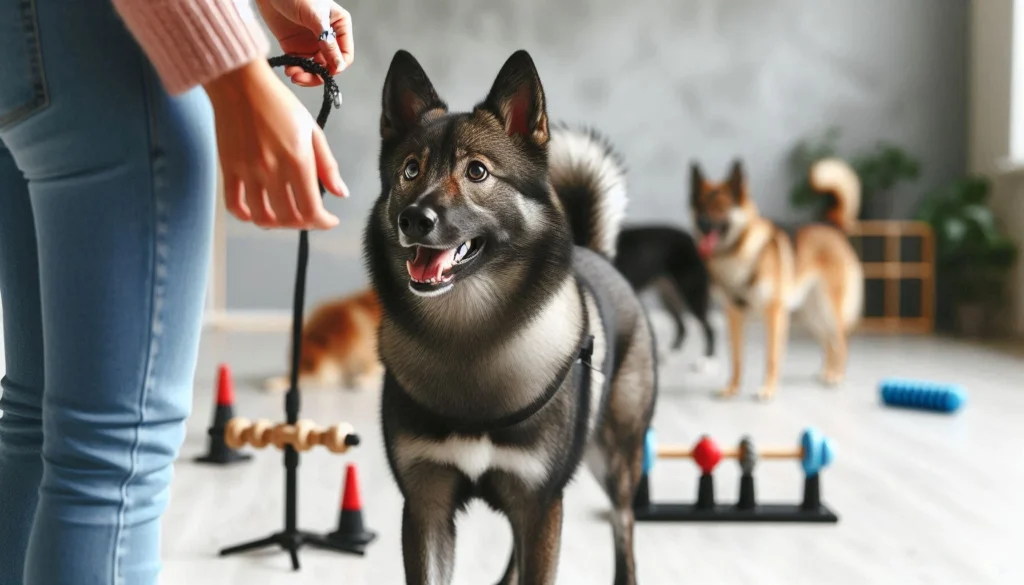
The Swedish Elkhound can be an excellent family pet for active households. They are loyal, affectionate, and protective, making them great companions for children. However, their high energy levels require a family that can provide ample exercise and mental stimulation. They are best suited for homes with a yard or access to outdoor spaces where they can run and play.
Fun Facts and Trivia
- Ancient Lineage: The Swedish Elkhound’s ancestry dates back over a thousand years, closely tied to Viking-age hunting dogs.
- Versatile Hunter: Originally bred to hunt moose and bear, the Swedish Elkhound is known for its endurance and keen tracking abilities.
- Distinctive Bark: This breed has a unique and loud bark, which they use effectively while hunting to alert their owners to the presence of game.
Dog Breeds Similar to the Swedish Elkhound
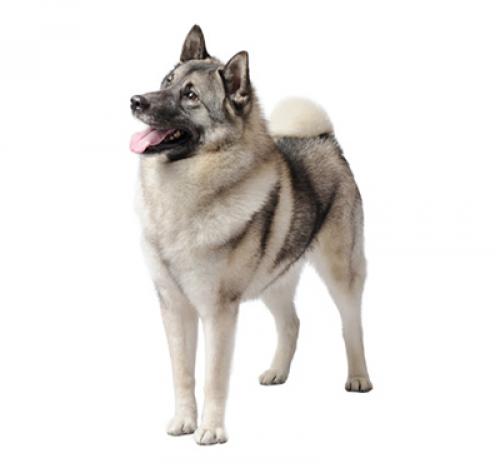

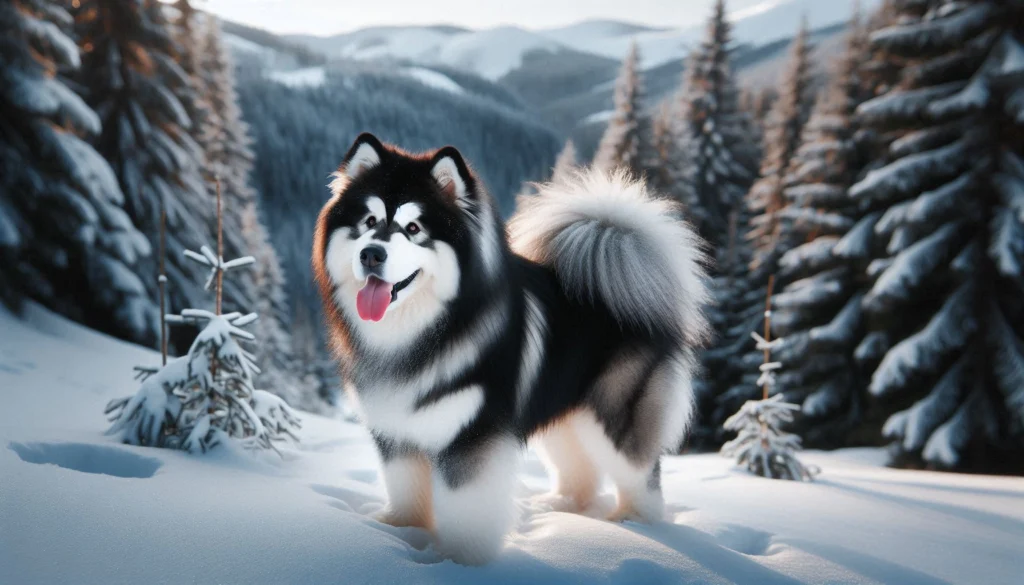
Norwegian Elkhound
Similar in appearance and purpose, the Norwegian Elkhound is also a hunting breed known for its endurance and loyalty. They have a similar wolf-like appearance and share a common ancestry with the Swedish Elkhound.
Finnish Lapphund
The Finnish Lapphund is another Nordic breed with a friendly and intelligent nature. They are slightly smaller but share the same thick double coat and energetic disposition. They are known for their herding abilities and make excellent companions.
Alaskan Malamute
The Alaskan Malamute is a larger breed with a strong build and a thick coat. They are known for their strength and endurance, often used for sledding and other heavy tasks. Like the Swedish Elkhound, they are loyal and protective.
Conclusion
The Swedish Elkhound is a remarkable breed with a rich history and a host of unique qualities. Their intelligence, loyalty, and versatility make them an excellent choice for experienced dog owners who can meet their exercise and training needs. Whether as a hunting companion or a family pet, the Swedish Elkhound brings joy and dedication to any household.
Frequently Asked Questions
Is the Swedish Elkhound a dangerous dog?
No, the Swedish Elkhound is not considered a dangerous dog. They are known for their friendly and loyal nature. With proper training and socialization, they can be excellent companions and family pets.
Is the Swedish Elkhound the best guard dog to protect you or your family?
The Swedish Elkhound is a good watchdog due to its alertness and protective instincts. However, they are not typically aggressive and may not be the best choice for a guard dog. Their primary role is more suited to companionship and hunting.
